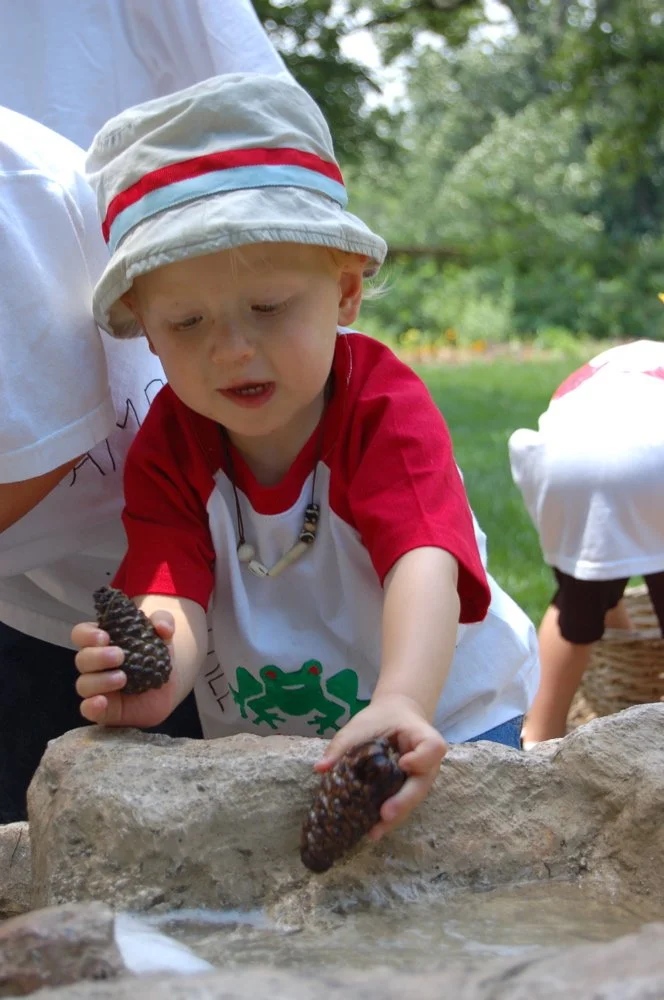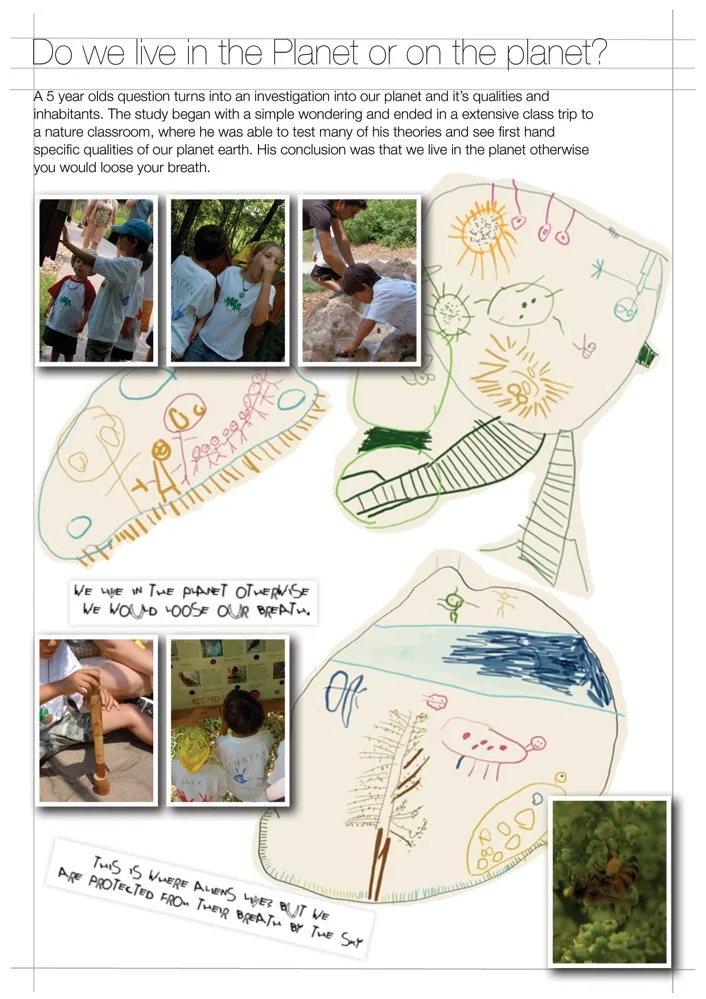Classroom Garden
A Study of Sensory Learning in a Garden Classroom: Enhancing Student Engagement and Achievement for all in Outdoor Education
The Classroom Garden concept is a unique educational space that combines traditional learning subjects with plants and sensory experiences. The area features zones dedicated to math, language, science, art, music, and life skills, with plants and trees representing all five senses. Water features, light and shadow play, and sound installations are also incorporated into the design. The Classroom Garden is valuable for promoting hands-on learning and encouraging children to engage with nature. It also allows children with special needs to learn in a safe and sensory-rich environment. The space is designed to be accessible to all and can be adapted to suit different age groups and curricula.
Objectives:
The primary objectives of this research project are as follows:
To explore the impact of the Garden Classroom concept on student engagement, learning outcomes, and wellbeing.
Identify the critical design elements that create an ideal learning space incorporating the Garden Classroom concept.
To investigate the feasibility of implementing this concept in various learning environments and for different age groups.
To assess this concept's potential for scalability and replicability in various educational settings and cultural environments.
The traditional classroom environment can be restrictive and may only sometimes promote optimal learning. There is a need for innovative approaches to creating learning spaces that are engaging, stimulating, and supportive of various learning styles. Many successful examples of learning outdoors can be found worldwide, from outdoor classrooms to forest schools. Both of these involve learning in an outdoor setting; however, there are some critical differences between these and the Classroom Garden concept, which are:
A focus on gardening and plants: The Classroom Garden concept particularly emphasises gardening and plant-based learning, while an outdoor classroom may have a broader focus on environmental education and outdoor activities.
Sensory experiences: The Classroom Garden is designed to provide a rich sensory experience for students, focusing on engaging all five senses through plants, water, light, and sound. An outdoor classroom may have a different emphasis on sensory stimulation.
Integration with traditional curriculum: The Classroom Garden is designed to integrate with traditional academic subjects, such as math, language, and science, while an outdoor classroom may be more focused on experiential and project-based learning.
Design and aesthetics: The Classroom Garden will be an aesthetically pleasing and calming environment that promotes learning, while an outdoor classroom may be more utilitarian and functional.
Overall, the Classroom Garden concept is a specialised outdoor classroom emphasising plant-based learning and sensory experience while integrating with traditional academic subjects.
Here are five research questions to start the conversation:
What are the most effective design principles and strategies for creating a Classroom Garden learning environment that supports diverse learning styles and abilities?
How can incorporating technology in a Classroom Garden setting be leveraged to enhance learning experiences for students while maintaining a connection to nature?
What are the perceived benefits and challenges of implementing Classroom Garden design principles in early childhood education settings?
How can the Classroom Garden concept be adapted and applied to online and virtual learning environments to promote student engagement and achievement?
How can integrating plants and natural elements in a classroom enhance student learning outcomes across different subject areas?
Methodology:
The proposed research project will use a mixed-methods approach, incorporating qualitative and quantitative research methods. The following techniques will be used:
Literature review: A comprehensive review of existing literature on the impact of outdoor learning environments on student outcomes and best practices in exterior educational space design will be conducted.
Surveys and interviews: Surveys and interviews will be conducted with educators, students, and other stakeholders to gather their perspectives on the Classroom Garden concept and how it can be incorporated into learning spaces.
Case studies: Multiple case studies will be conducted to explore the implementation of the Classroom Garden concept in various educational settings.
Design analysis: Design analysis will be conducted to identify the critical design elements that contribute to creating an ideal learning space that incorporates the Garden Classroom concept.
Expected outcomes:
The desired results of this research project are as follows:
A better understanding of the impact of the Classroom Garden concept on student engagement, learning outcomes, and wellbeing.
Identifying the critical design elements that create an ideal learning space incorporating the Classroom Garden concept.
Recommendations for implementing the Classroom Garden concept in various learning environments and for different age groups.
Assessment of this concept's potential for scalability and replicability in various educational settings.
Guidelines for designing an ideal learning space that incorporates the Classroom Garden concept.
Conclusion:
The Classroom Garden concept offers a unique approach to designing learning spaces that promote engagement, learning outcomes, and wellbeing. This research project aims to explore how this concept can be used to develop the ideal learning space for students and to provide recommendations for its implementation in various educational settings. The outcomes of this project have the potential to inform future educational space design and contribute to creating more innovative and effective learning environments.















